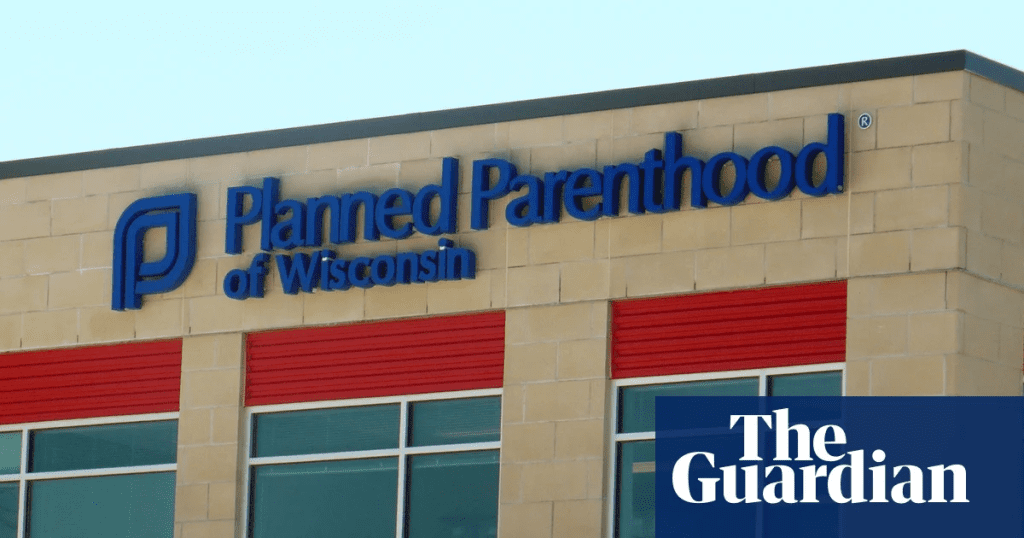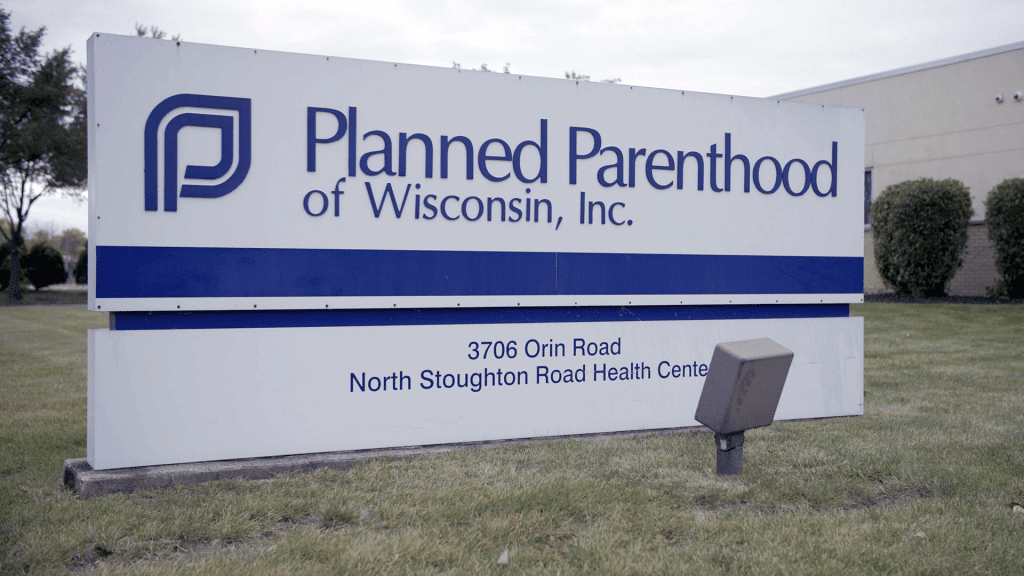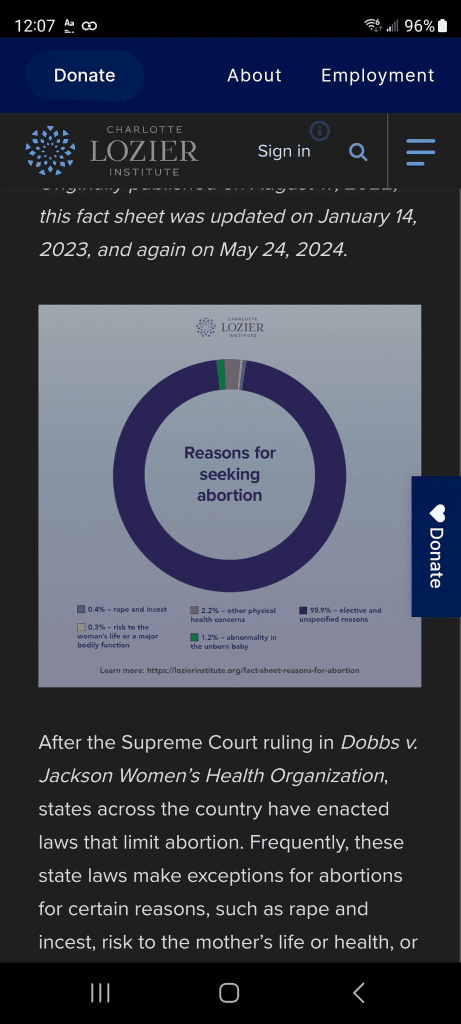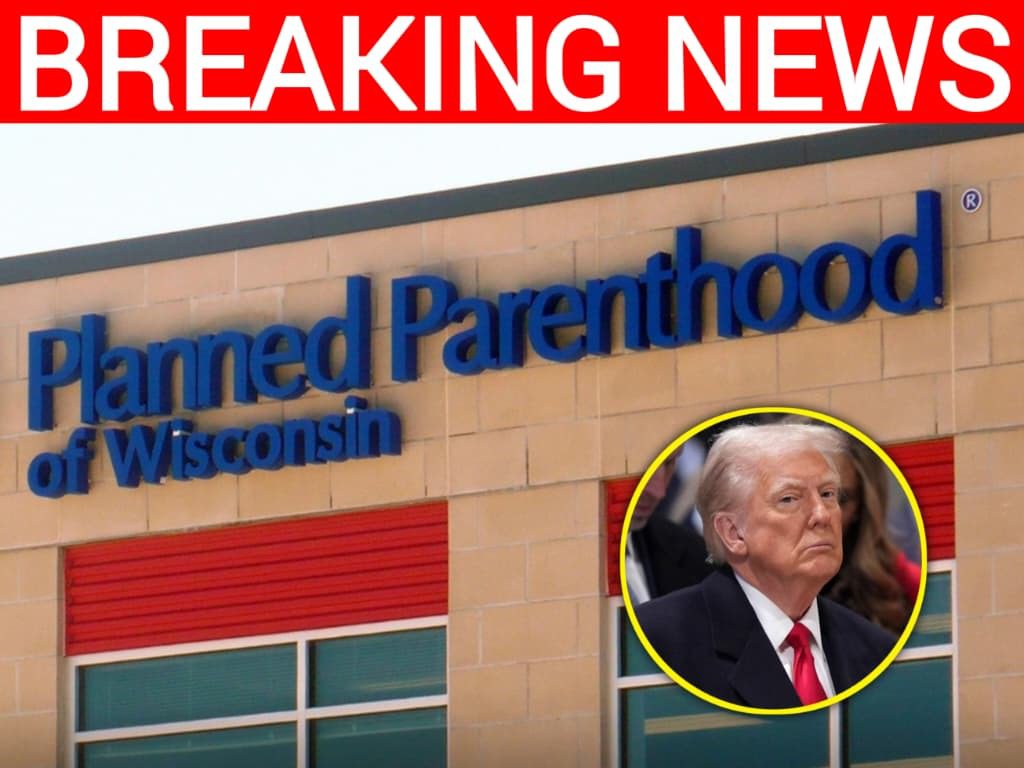Planned Parenthood of Wisconsin Suspends Abortion Services Following Medicaid Ban, Exposing New Front in U.S. Funding Battle
Planned Parenthood of Wisconsin announced that, beginning October 1, 2025, it has suspended abortion services across the state after losing access to Medicaid reimbursements. This decision represents a major turning point in the ongoing fight over abortion funding in America, especially since abortion remains legal in Wisconsin. The suspension does not come from a direct state-level ban, but rather from financial constraints tied to new restrictions passed in recent federal budget measures.

For years, Planned Parenthood has emphasized that abortion services make up only about three to four percent of its overall care, with the majority of its work focusing on cancer screenings, contraceptives, and general reproductive health. Yet, because Medicaid reimbursements are no longer available even for non-abortion services, the organization says it can no longer financially sustain abortion care in Wisconsin. This creates a new reality where legality and access are separate issues—abortion may still be legal, but without funding, clinics cannot keep those services operational.

The move has drawn sharp reactions from both sides of the debate. Supporters of the cuts argue that taxpayer dollars, even when directed at non-abortion care, indirectly subsidize abortion providers, and that this decision finally enforces a long-standing demand to separate public funds from any involvement with abortion. Pro-life advocates see the suspension in Wisconsin as proof that defunding efforts are working and could serve as a model for other states.

On the other hand, critics say the decision undermines access to healthcare for thousands of women, particularly those with low incomes who rely on Medicaid coverage. They argue that cutting reimbursements for unrelated care, like exams or birth control, creates a financial chain reaction that effectively removes abortion access even in states where it remains legal. To them, this represents not just a policy debate but a lived reality where rights on paper no longer translate to services in practice.
The imagery around this announcement also highlights the highly charged political framing. Posts celebrating the suspension paired pictures of Planned Parenthood clinics with photos of former President Donald Trump, a symbol of the broader conservative movement that pushed for Medicaid restrictions at the federal level. The pro-life framing emphasizes victory in cutting ties between taxpayers and abortion providers, while also signaling that the fight is far from over.

This suspension in Wisconsin comes at a time when national abortion policy is under intense scrutiny. With federal and state laws increasingly diverging, access now often depends more on geography and economics than legality. Wisconsin’s case underscores how financial levers, like Medicaid reimbursement bans, can shape the landscape as much as court rulings or state statutes. For patients and providers, the outcome is the same: fewer options and more uncertainty about what care will be available tomorrow.
Ultimately, Planned Parenthood’s halt of abortion services in Wisconsin signals a dramatic escalation in the broader funding battle. While legal battles over abortion rights dominate headlines, this financial maneuver shows how indirect restrictions can have immediate, tangible impacts. Whether this is seen as a step forward for protecting taxpayer funds or a setback for reproductive health access depends on perspective—but what’s clear is that the stakes in the debate have shifted again, and the consequences are being felt in real time by people on the ground.



